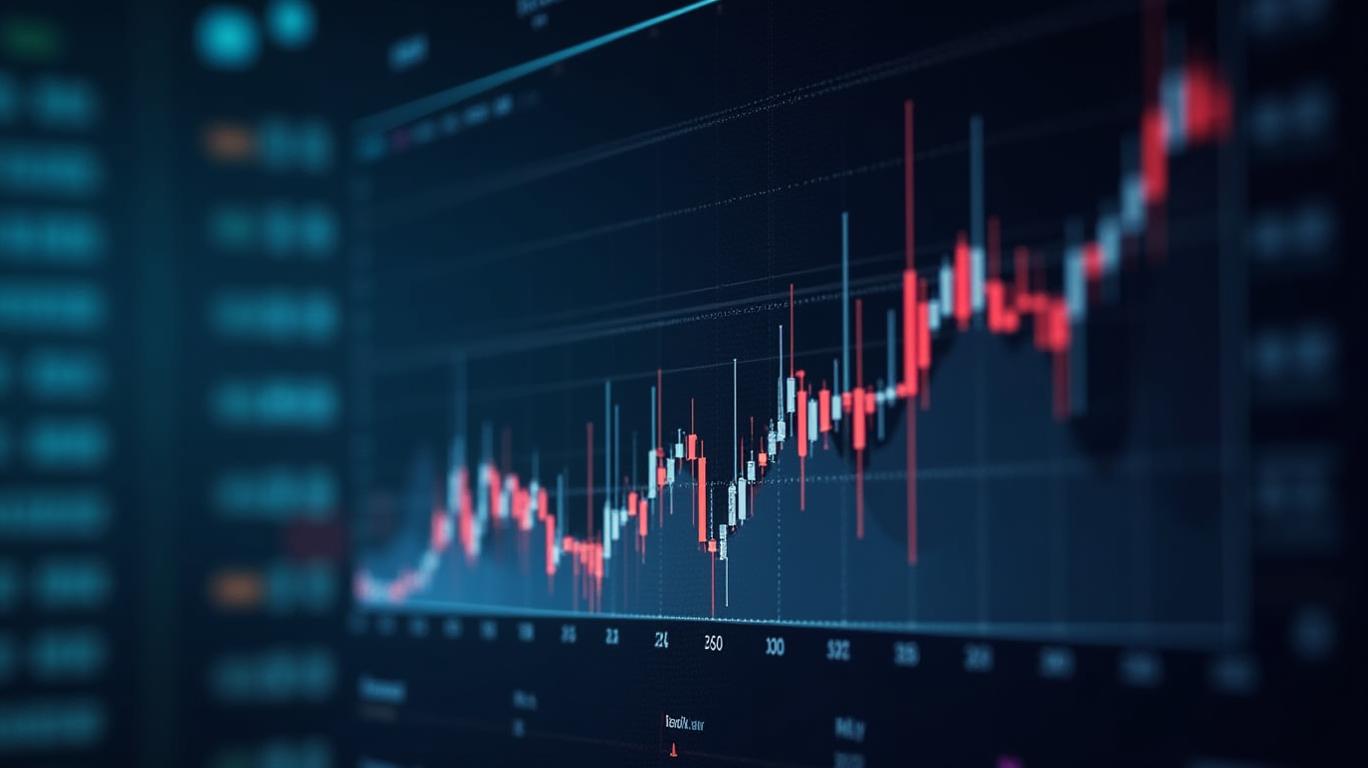Ryder System's Dividend Stability Amid Sector Challenges: A Steady Hand in a Shifting Landscape
Ryder System, Inc. (NYSE: R) has reaffirmed its commitment to shareholders by maintaining its quarterly dividend at $0.81 per share, payable on June 20, 2025, to holders of record as of May 19. This decision underscores the logistics giant’s financial discipline, even as it navigates headwinds in its core fleet management segment. Below, we dissect the rationale behind this dividend call, its alignment with recent performance, and the risks investors should monitor.

Q1 2025 Results: Strength in Strategic Segments
Ryder’s first-quarter 2025 earnings report highlighted a resilient performance, driven by its Supply Chain Solutions (SCS) and Dedicated Transportation Solutions (DTS) segments.
- GAAP EPS rose 21% year-over-year to $2.29, while non-GAAP Comparable EPS grew 15% to $2.46.
- SCS delivered a 35% jump in Earnings Before Tax (EBT) to $87 million, fueled by new contracts and operational efficiencies.
- DTS EBT surged 50% to $27 million, benefiting from synergies post-a 2024 acquisition.
The Fleet Management Solutions (FMS) segment, however, faced challenges. Revenue dipped 1% to $1.45 billion, with EBT falling 6% to $94 million. Weaker rental demand and plummeting used vehicle prices (down 17% for trucks and 16% for tractors) pressured margins here.
Dividend Sustainability: A Balanced Approach
Ryder’s dividend policy is underpinned by its free cash flow (FCF) generation and capital allocation strategy.
Key Metrics Supporting the Dividend Decision:
1. Strong Free Cash Flow Guidance:
- Ryder forecasts 2025 FCF of $375–$475 million, up from prior expectations, thanks to reduced capital expenditures ($2.6 billion in 2025 vs. $2.9 billion in 2024).
- FCF is critical for sustaining the $3.24 annualized dividend (yielding 2.2% at a recent stock price of $148.45).
- Payout Ratio Management:
- The dividend payout ratio (dividends/Comparable EPS) stands at ~25%, leaving ample room for reinvestment.
Ryder’s debt-to-equity ratio of 259% remains within its long-term target of 250%–300%, though investors should monitor refinancing risks.
Consistency Over 48 Years:
- This marks Ryder’s 194th consecutive quarterly dividend, a testament to its financial resilience.
Risks on the Horizon
Despite its robust dividend track record, Ryder faces sector-specific and macroeconomic challenges:
- Used Vehicle Market Volatility:
Declining truck and tractor resale prices continue to pressure FMS profitability. Ryder has mitigated this by extending lease terms and focusing on long-term contracts.
Economic Uncertainty:
A potential slowdown in consumer demand could dampen SCS and DTS growth. Ryder’s contractual revenue streams (accounting for ~70% of FMS) provide some insulation but are not immune to broader economic shifts.
Debt Management:
- While within targets, the high leverage ratio requires disciplined capital allocation to avoid overextension.
Investment Takeaways
Ryder’s dividend stability is a positive signal for income-focused investors, especially given its 2.2% yield and track record of consistent payouts. However, the stock’s valuation should be weighed against sector-specific risks and the company’s ability to navigate FMS headwinds.
The Bottom Line:
Ryder System’s dividend decision reflects confidence in its diversified business model and FCF generation. Investors should prioritize:
- Watching SCS and DTS growth to offset FMS volatility.
- Monitoring FCF trends to ensure the dividend remains sustainable.
- Assessing macroeconomic conditions impacting logistics demand.
With Ryder’s annualized dividend up 14% since late 2023 and a long history of capital returns, the company remains a viable option for portfolios seeking steady income—provided shareholders are prepared to weather sector-specific turbulence.
Final Verdict: Ryder’s dividend stability is a strength, but investors must balance this against ongoing risks in its core markets. The $0.81 quarterly payout, supported by robust FCF guidance, makes it a compelling choice for cautious income investors.


_442a2dcc1749832873286.jpeg)
_e68fac6d1749831664430.jpeg)






